Are All Chili Peppers the Same? A Spicy Truth Revealed!
If you've ever stared into the produce aisle and wondered, 'Wait, are all chili peppers the same?' — congratulations! You're not alone. Whether you're a backyard gardener growing your first jalapeño or a professional chef reaching for ghost pepper powder, this question hits home.
In short: nope. Not even close. While they may all start with the word "chili," these peppers are as different as night and day — from flavor profiles to heat levels, color, size, and culinary use cases.
So, buckle up. We're diving deep into the world of chili peppers to uncover how each one brings its own unique flair to the table (literally). And yes, there will be charts. Lots of them.
Table of Contents
- The Great Chili Pepper Myth
- What Makes a Chili Pepper Unique?
- Common Types of Chili Peppers (With Flavor & Heat Comparison)
- Heat Scale Explained: Scoville Units Demystified
- Visual Comparison Table: Taste vs. Heat
- When to Use Which Chili Pepper: Practical Tips
- Buying Guide: How to Choose the Right Chili for Your Needs
- Final Verdict: No, They’re Definitely Not All the Same
The Great Chili Pepper Myth
We get it — from afar, chilies might all look like red sticks. But peel back the layers (pun intended), and you’ll find that these little firecrackers have distinct personalities.
Chili peppers belong to the Capsicum genus, which includes five main domesticated species:
- Capsicum annuum – bell peppers, jalapeños, poblanos
- Capsicum frutescens – tabasco peppers
- Capsicum chinense – habaneros, ghost peppers
- Capsicum pubescens – rocoto peppers
- Capsicum baccatum – aji peppers
Each has evolved in different climates, under different agricultural practices, resulting in vastly different taste profiles, textures, and heat levels.
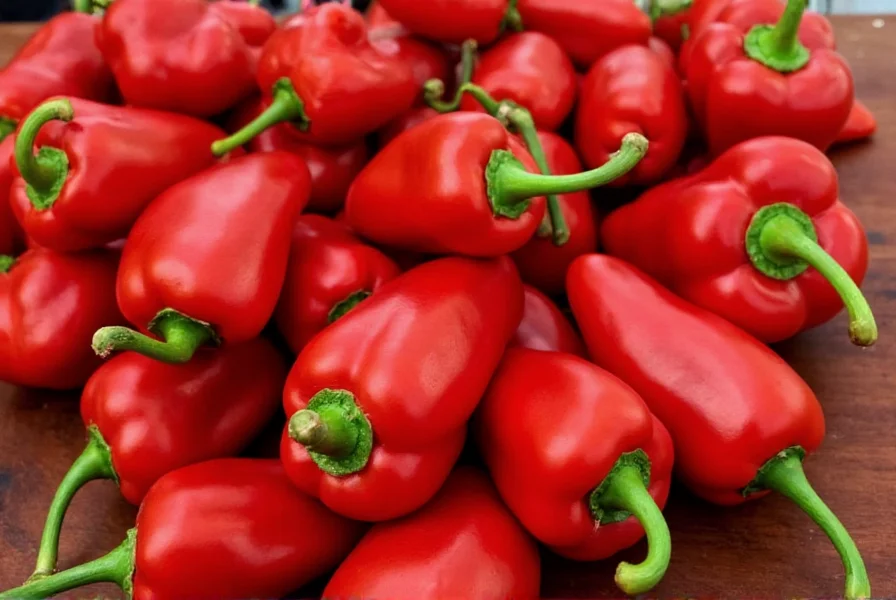
What Makes a Chili Pepper Unique?
The uniqueness of a chili pepper comes down to three main factors:
- Flavor Profile: Fruity, smoky, grassy, floral, nutty — yes, all of these notes exist in various chilies.
- Heat Level: Measured by Scoville units, this tells you how spicy the pepper is.
- Texture & Thickness: Thick-walled peppers like poblanos are great for stuffing, while thinner-skinned ones like Thai bird’s eye work better for sauces.
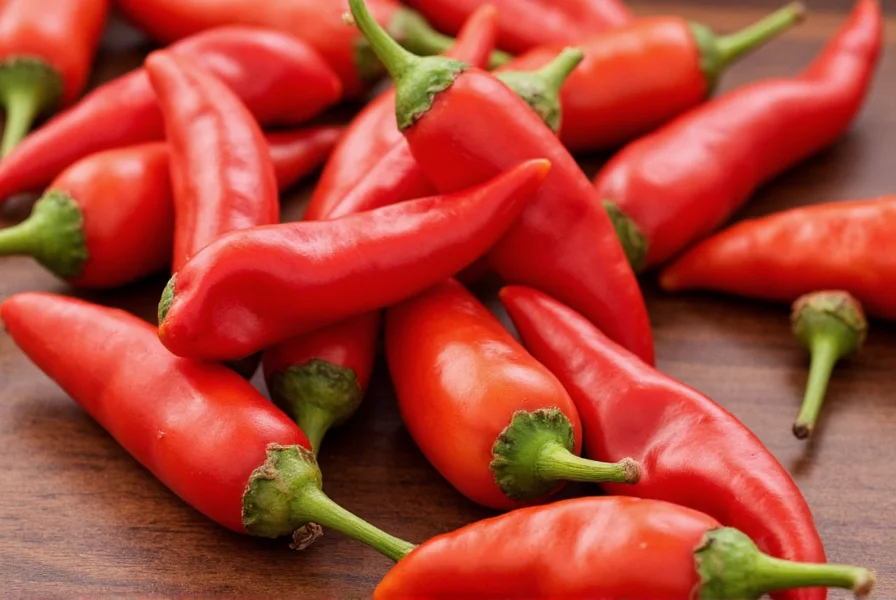
Common Types of Chili Peppers (With Flavor & Heat Comparison)
Let’s break down some of the most commonly used chilies around the globe and what makes each one special:
| Pepper Name | Scoville Units | Flavor Notes | Best Uses |
|---|---|---|---|
| Bell Pepper | 0 SHU | Sweet, crisp, mild | Stuffed dishes, salads, roasting |
| Jalapeño | 2,500–8,000 SHU | Grassy, earthy, slightly sweet | Salsas, nachos, pickling |
| Poblano | 1,000–2,000 SHU | Earthy, rich, mildly spicy | Chiles rellenos, moles |
| Habanero | 100,000–350,000 SHU | Fruity, floral, citrusy | Hot sauces, Caribbean cuisine |
| Ghost Pepper (Bhut Jolokia) | 855,000–1,041,427 SHU | Smoky, sweet upfront, then brutal heat | Challenge cooking, extreme hot sauces |
| Cayenne | 30,000–50,000 SHU | Sharp, clean spice | Spice blends, soups, rubs |
| Thai Bird’s Eye | 50,000–100,000 SHU | Fiery, citrusy, pungent | Pad Thai, green curry, fish sauce dips |
| Ancho (dried poblano) | 1,000–2,000 SHU | Deep, raisiny, earthy | Mole sauces, stews, marinades |
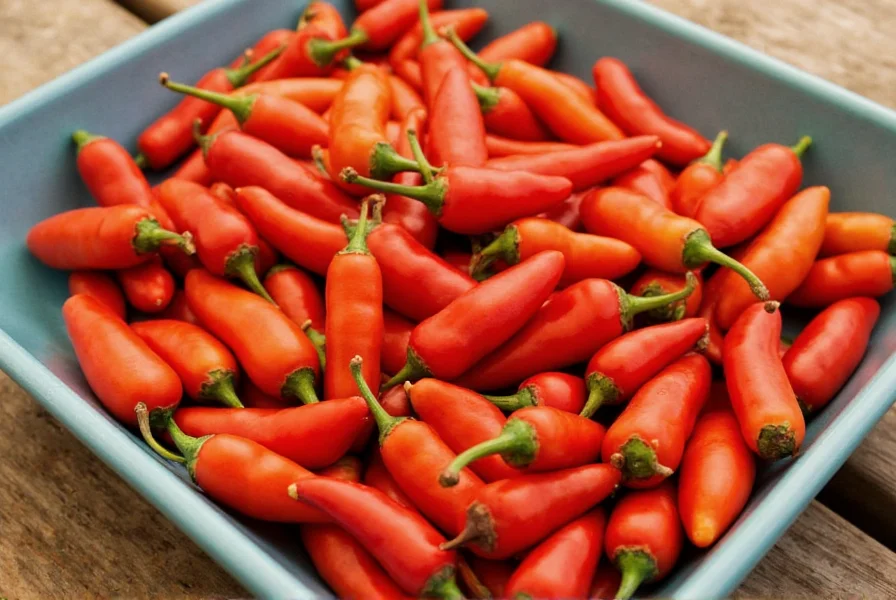
Heat Scale Explained: Scoville Units Demystified
In 1912, pharmacist Wilbur Scoville created a method to measure the spiciness of peppers using human tasters and sugar water dilution. Today, we still use his unit of measurement — the Scoville Heat Unit (SHU) — though now it's done through high-performance liquid chromatography (HPLC).
Here’s a quick breakdown of the heat spectrum:
- Mild: 0–1,000 SHU (bell peppers, banana peppers)
- Moderate: 2,500–30,000 SHU (jalapeño, serrano, cayenne)
- Hot: 50,000–100,000 SHU (Thai bird’s eye, malagueta)
- Extremely Hot: 100,000+ SHU (habanero, ghost pepper, Carolina Reaper)
Fun Fact: Pure capsaicin (the compound responsible for heat) clocks in at an astonishing 16 million SHU. That’s not something you want anywhere near your tongue.
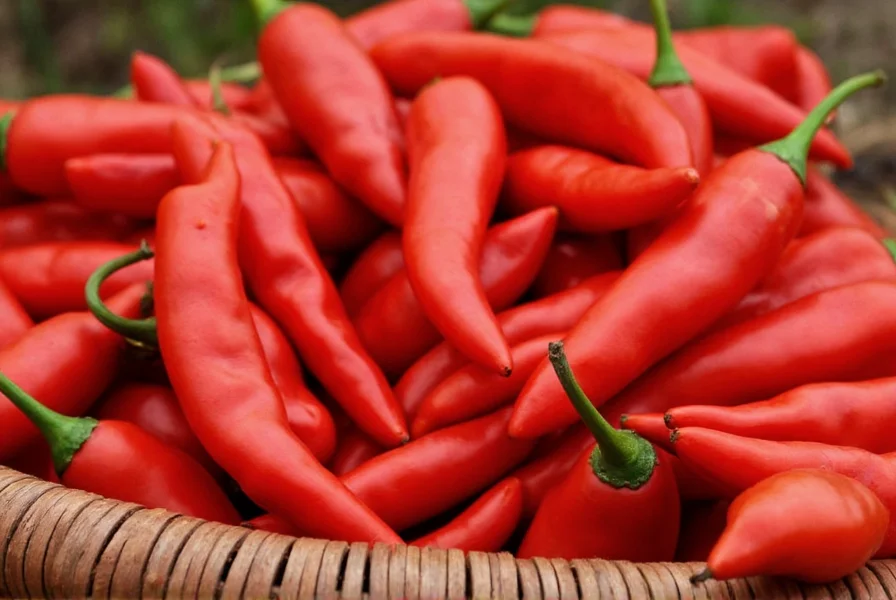
Visual Comparison Table: Taste vs. Heat
To make things easier to digest (pun intended), here’s a handy comparison chart showing popular chilies across two key axes: flavor intensity and heat level.
| Pepper | Flavor Intensity | Heat Level | Best For |
|---|---|---|---|
| Bell Pepper | ★★★☆☆ | ☆☆☆☆☆ | Rainbow stir-fries, stuffed dishes |
| Jalapeño | ★★☆☆☆ | ★★☆☆☆ | Tacos, salsas, nachos |
| Habanero | ★★★★☆ | ★★★★★ | Fruit-based hot sauces, jerk seasoning |
| Ghost Pepper | ★★★☆☆ | ★★★★★ | Extreme heat challenges, fiery condiments |
| Poblano | ★★★☆☆ | ★☆☆☆☆ | Moles, stuffed peppers, roasted dishes |
| Cayenne | ★★★☆☆ | ★★★☆☆ | Spice mixes, marinades, dry rubs |
| Thai Bird’s Eye | ★★★★☆ | ★★★★☆ | Curries, Thai street food, seafood dipping sauces |
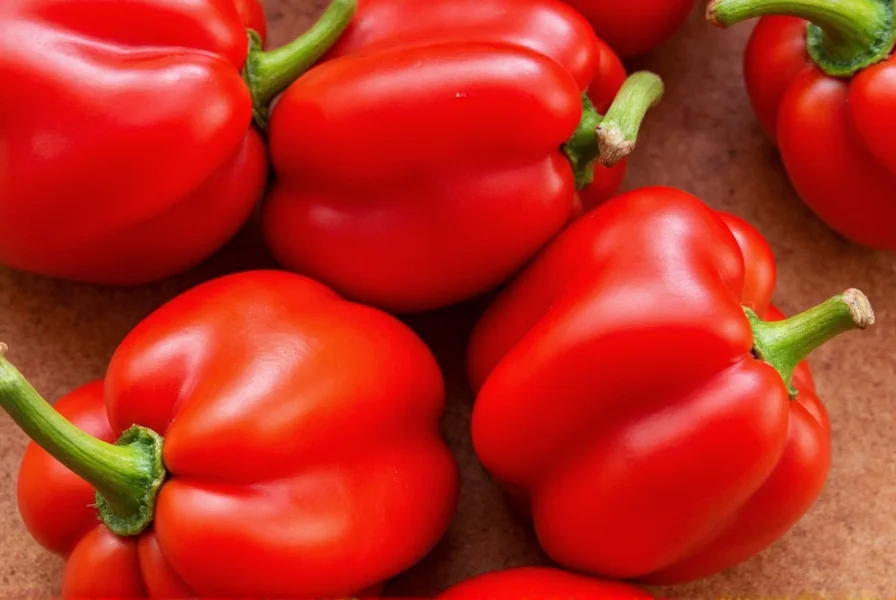
When to Use Which Chili Pepper: Practical Tips
Choosing the right chili isn’t just about matching the Scoville number. It’s also about the flavor, texture, and application. Here are some real-world usage tips to help you out:
- For Salsas: Jalapeños or serranos — they add bite without being overwhelming.
- For Roasting: Poblanos or Anaheims — their thick walls char beautifully and hold flavor well.
- For Pickling: Fresnos or jalapeños — retain crunch and soak up vinegar brine nicely.
- For Hot Sauces: Habaneros or ghost peppers — fruity depth meets explosive heat.
- For Drying: Guajillos or anchos — perfect for grinding into powders or rehydrating for sauces.
- For Stir-Fries: Thai bird’s eyes or shishitos — thin skin cooks fast and adds punch.
- For Grilling & BBQ: Cayenne or chipotles — smoky, bold, and perfect for spice rubs.
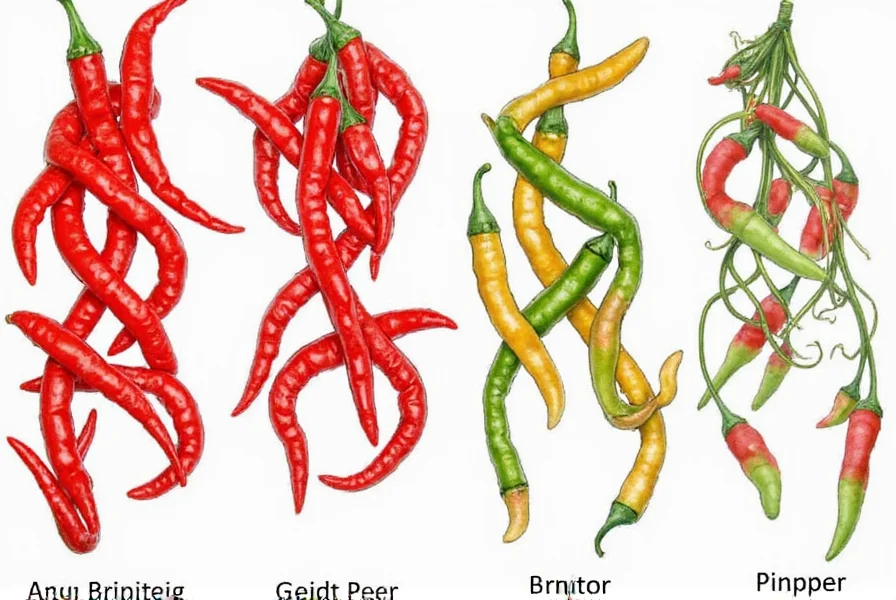
Buying Guide: How to Choose the Right Chili for Your Needs
Now that you know the differences between chilies, let’s talk practical shopping advice. Here’s how to choose like a pro:
Know Your Dish
Different recipes call for different peppers. If you're making a delicate mole, reach for dried ancho or pasilla. If you're grilling burgers, go for smoky chipotle or fresh jalapeño slices.
Look for Visual Cues
- Bright, firm skin = freshness
- Shriveled or wrinkly skin = older, possibly hotter peppers
- Vibrant colors (red, orange, yellow) often mean more sweetness and ripeness
Check Heat Tolerance
If you’re sensitive to spice, avoid anything over 10,000 SHU unless you enjoy sweating profusely after every bite. Stick with mild options like poblanos, Anaheim, or bell peppers.
Buy Fresh vs. Dried
Fresh is ideal for raw applications, grilling, and quick-cook methods. Dried is better for infusing flavors, making pastes, or long-simmered dishes.
Storage Tips
- Fridge for up to a week in a plastic bag
- Freeze whole or sliced for longer storage
- Make chili oil or pickle extras for shelf life extension
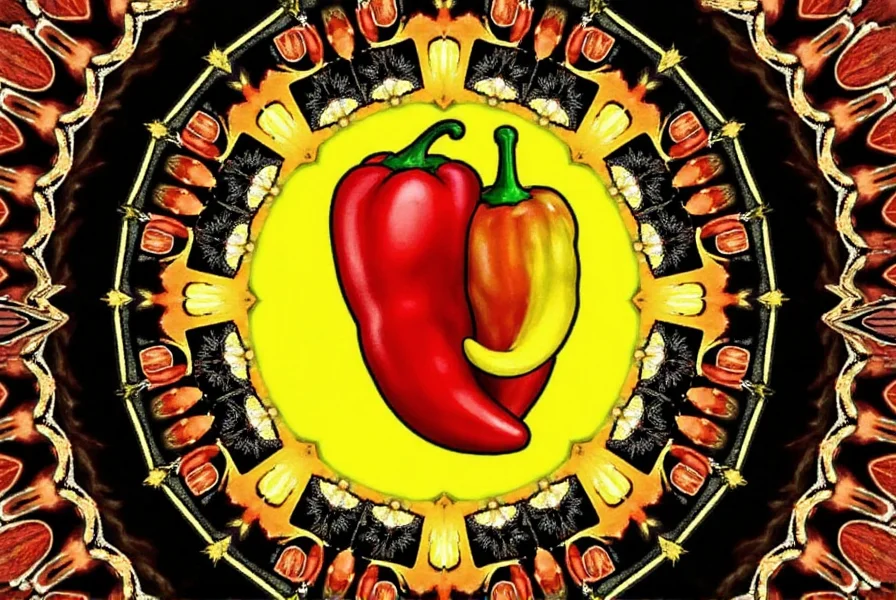
Final Verdict: No, They’re Definitely Not All the Same
From mild bell peppers to face-melting ghost peppers, the variety among chili peppers is staggering. Each brings something unique to the table — whether it’s flavor, texture, heat, or cultural significance.
Next time you're at the grocery store or farmer’s market, don’t just grab any chili. Take a moment to consider what kind of experience you want — a slow-building warmth, a burst of fruit-forward fire, or just a subtle kick to elevate your dish.
Because no, my friend, not all chili peppers are the same. And thank goodness for that.
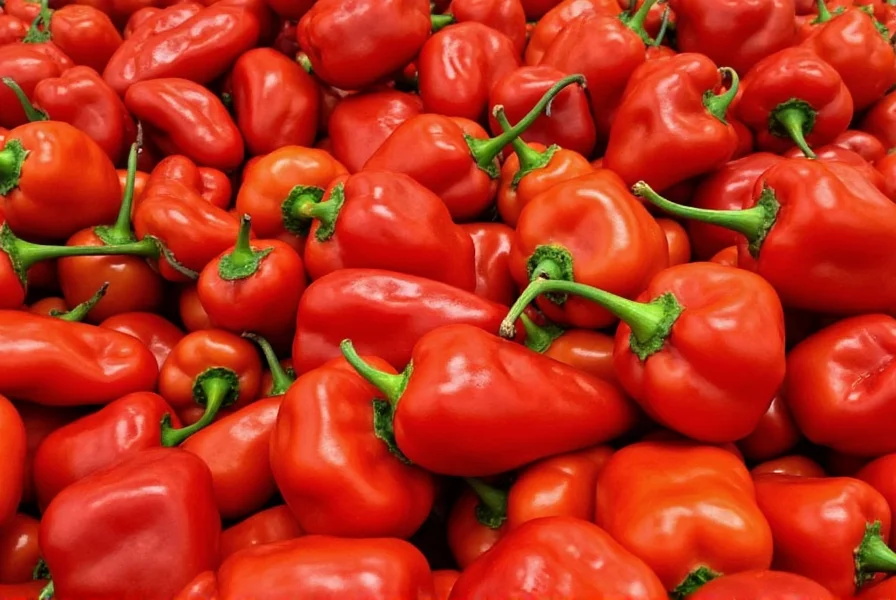
Got questions or favorite chili pepper combos? Drop them in the comments below. Let’s keep the spice conversation burning!

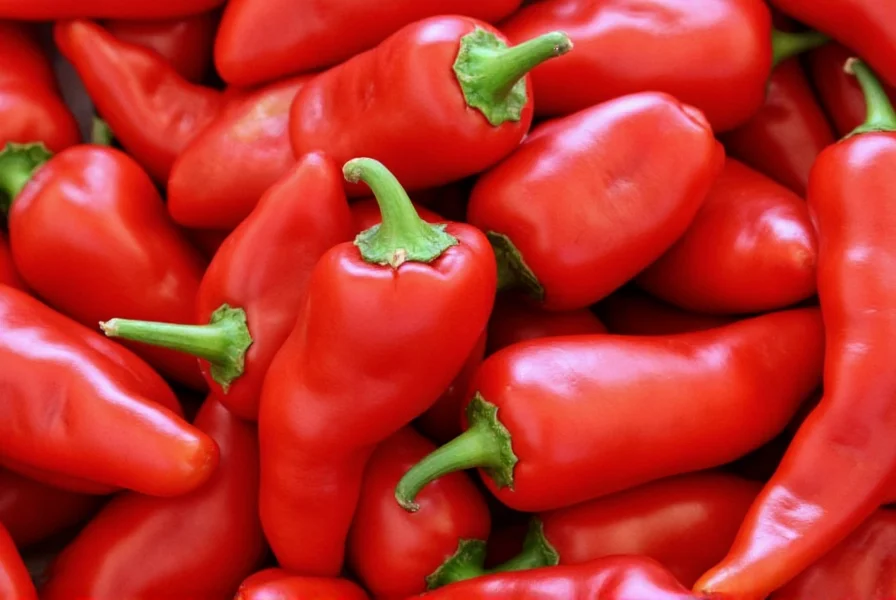









 浙公网安备
33010002000092号
浙公网安备
33010002000092号 浙B2-20120091-4
浙B2-20120091-4